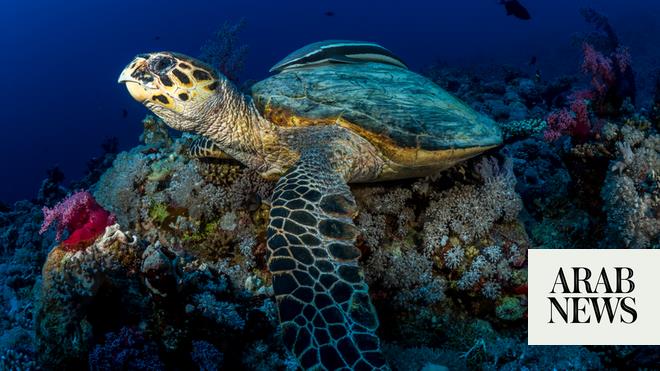
Southeast Asia’s largest economy is second-largest ocean plastic polluter after China
No report on illnesses related to microplastics so far, Health Ministry says
JAKARTA: Indonesians are the top global consumers of microplastics, a recent Cornell University study shows, estimating that they ingest about 15 grams of plastic particles per month.
The study, published in the Environmental Science & Technology journal, mapped microplastic uptake in 109 countries and found that people in Southeast Asian countries, including Malaysia, the Philippines and Vietnam, are the top consumers of microplastics worldwide.
Indonesians topped the list as they consume the equivalent of three credit cards in microplastics every month, the majority from fish and seafood. Using existing data models, Cornell researchers said that Indonesians’ daily consumption of plastic particles increased by 59 times from 1990 to 2018.
“This latest finding adds to the long list of the alarming dangers of plastic pollution in Indonesia … the existence of microplastics cannot be separated from the massive production of plastics,” Afifah Rahmi Andini, plastic lead researcher at Greenpeace Indonesia, told Arab News.
Indonesia, an archipelago of more than 270 million people, is the second-largest ocean plastic polluter, just behind China, according to a 2015 study published in the journal Science.
Despite being a major producer and consumer of plastics, Southeast Asia’s largest economy still lags behind when it comes to waste management.
“Our waste management capacity is still far from ideal. Our recycling capacity alone is less than 10 percent of the total plastic waste we produce. So, it’s not that surprising if right now we have to face the bitter truth that Indonesians are at the highest risk of being exposed to microplastics,” Andini said.
Over the years, the Indonesian government has designed various regulations to address the issue of plastic pollution, including a national action plan that aims to reduce marine plastic debris by 70 percent by 2025, which covers strategies for waste reduction, improving waste management infrastructure and public education campaigns.
Major regions, including the capital Jakarta and the popular holiday destination Bali, have also introduced bans on single-use plastics.
“But the existing regulations are not ideal enough to address the issue of microplastic contamination … we must adapt, because it’s now a fact that microplastics are part of our environment and our bodies that we can no longer avoid,” Andini said.
The Cornell study also built on earlier research exploring the presence of plastic particles in fish in Jakarta, crabs in Central Java and chicken eggs in East Java.
“Unfortunately, up to now, Indonesia has yet to include microplastics as a parameter into our food and environmental quality standards.”
The Indonesian Ministry of Health has yet to receive a report on clinical illnesses related to microplastics, but the Cornell study serves as “useful information,” its environmental health director, Dr. Anas Ma’ruf, told Arab News.
“Though it needs to be studied further, it can still serve as information on how health risks caused by microplastics require attention,” he said.
“As Indonesia is the largest maritime country and a main producer of microplastics in the world … public education campaigns must be increased.”












